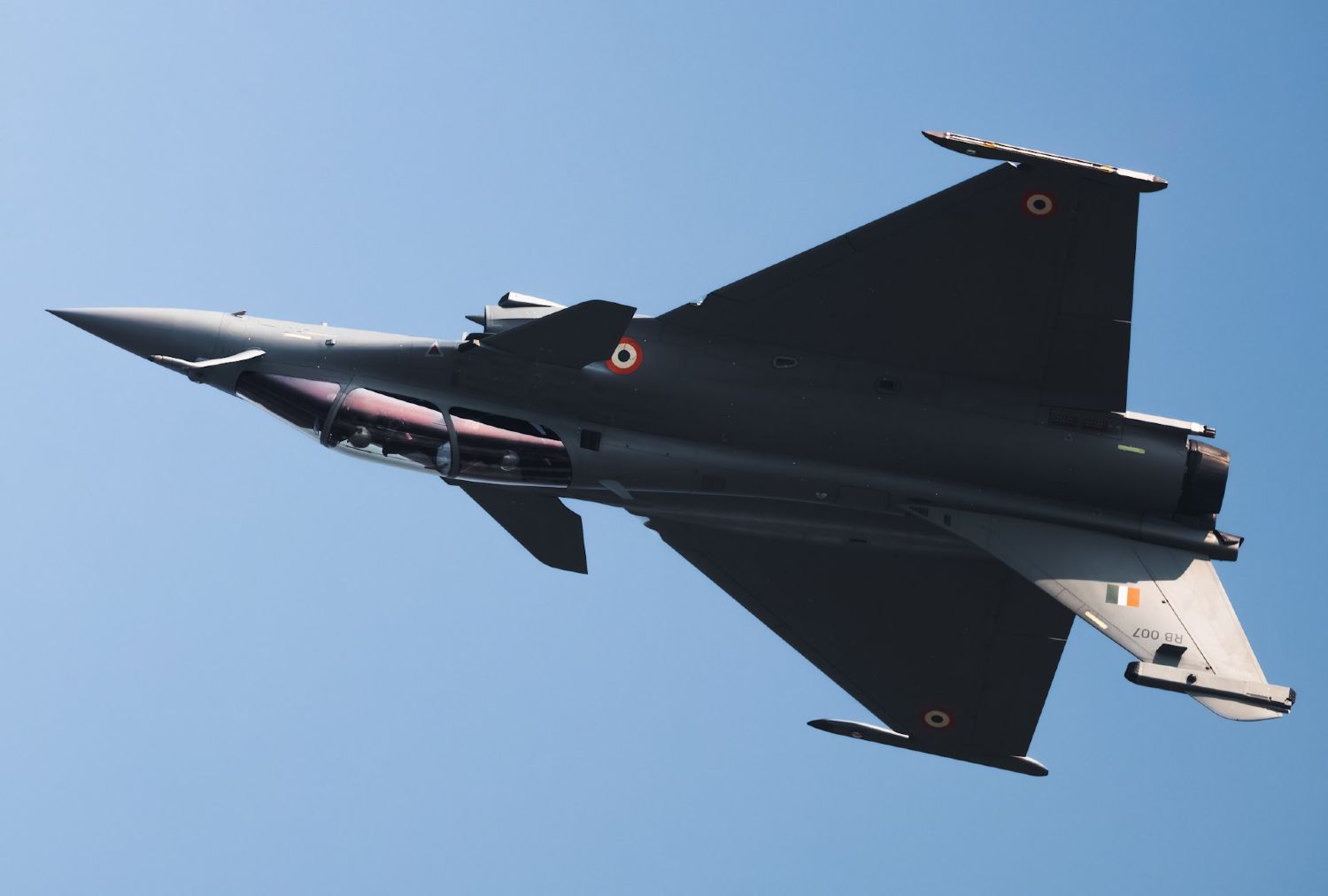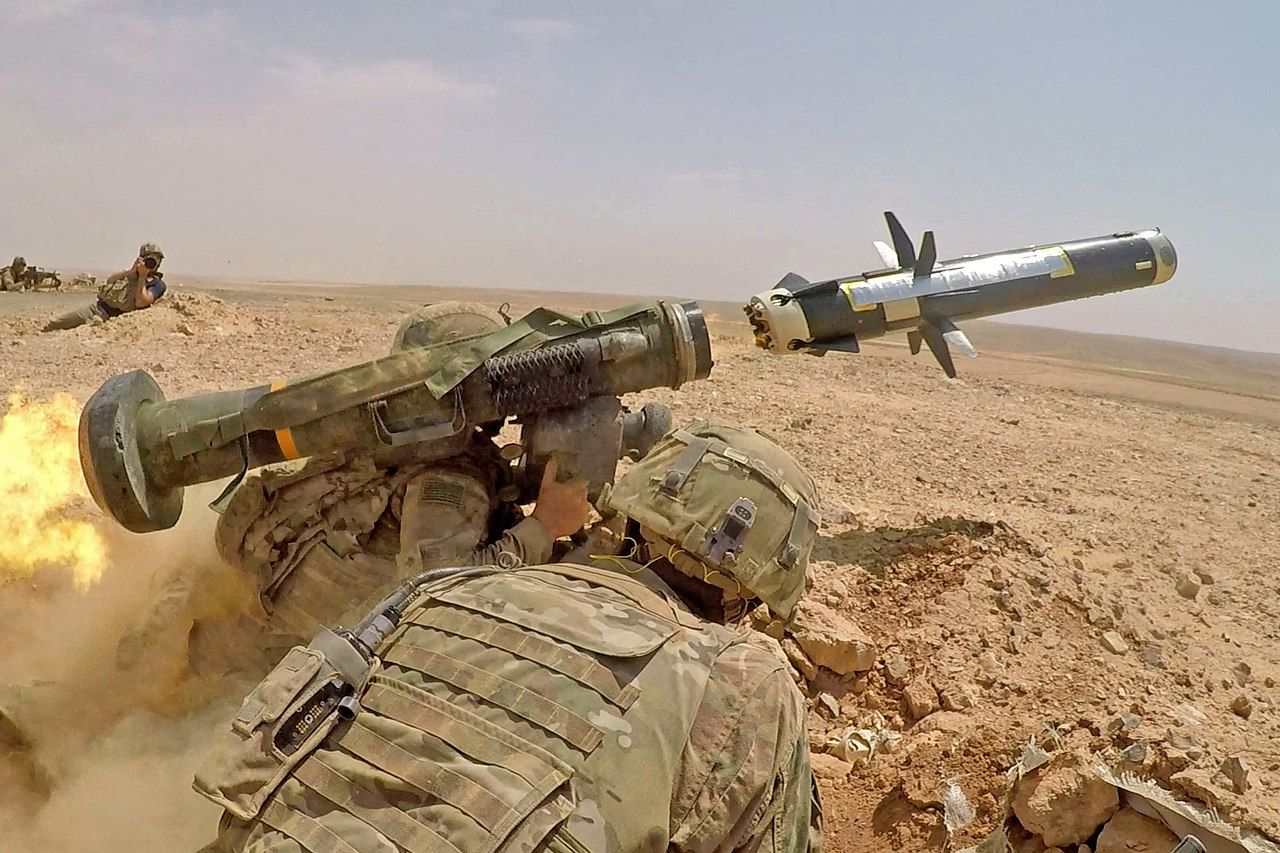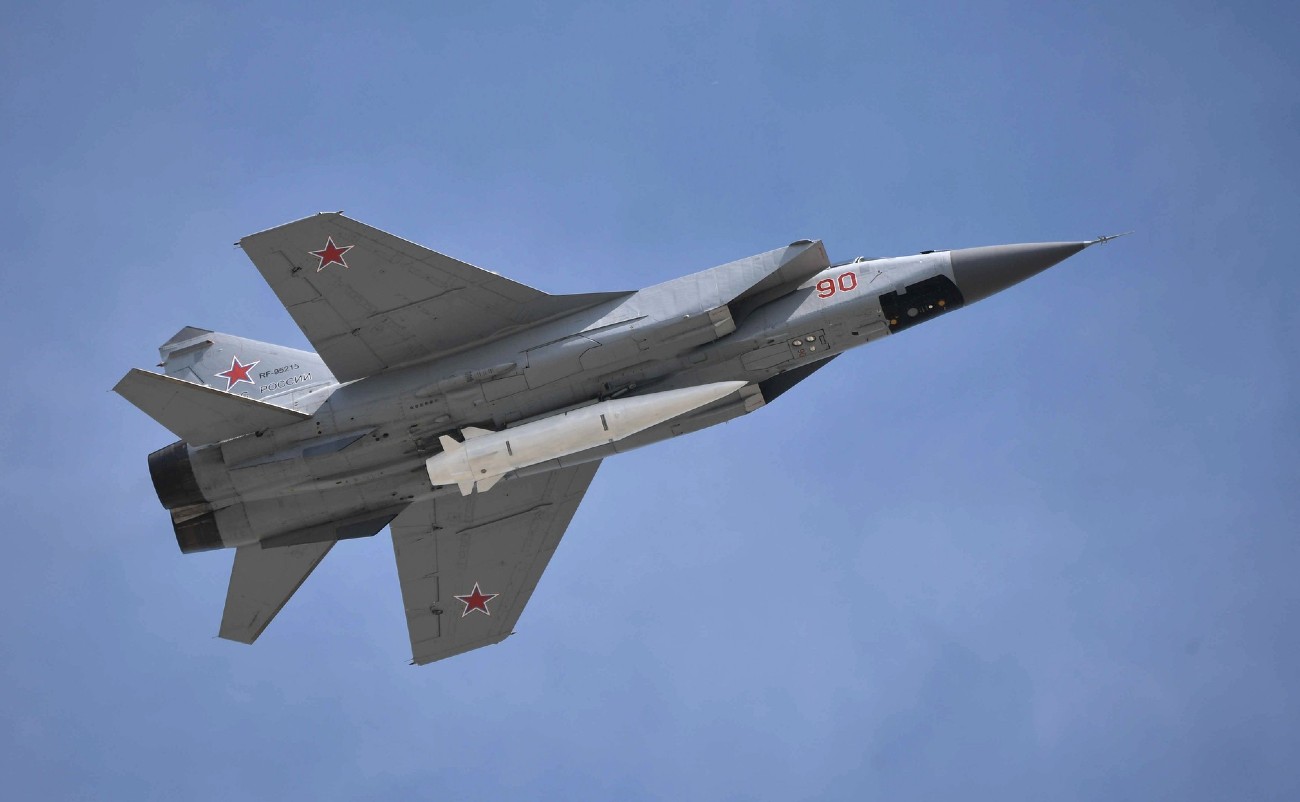The ongoing Russia-Ukraine war will be 500 days old on July 2, 2023. In the annals of history, this war will go down as a war that should not have occurred. But for the folly of Ukrainian President Zelensky, who has no political background, the US would not have been able to entice Ukraine to join NATO.
Indian Pilot, Russian Jet & French Aircraft: How IAF’s MiG-21 Shot Down Pakistan’s ‘Intruding’ Plane That Killed 16 Crew Members
For once, the US successfully fought a proxy war against Russia. Ukrainian infrastructure has been destroyed beyond recognition.
However, this war throws up a few fundamental politico-military lessons for most nations, particularly India, with two hostile countries to handle. Briefly, the lessons are:
The Emergence Of Nukes As Currency Of Power
Since the Cold War era, nukes have been successfully deployed to maintain uneasy peace globally. To stop the proliferation of nukes (also called Weapons of Mass Destruction), the P-5 nations decided to enforce Nuclear Non-Proliferation Treaty (NPT).
Ironic but true that the US, the only nation to use nukes, led the campaign in the late 60s. NPT came into force in 1970. India declined to sign the most unequal treaty to date.
However, after China exploded its nuke on October 16, 1964, our visionary former PM Atal Bihari Vajpayee postulated that “this weapon can only be challenged by the same type,” thus advocating that India should go nuclear. It took a decade before India exploded its first nuclear device in 1974.
The fabric of the balance of power was altered permanently and irreversibly. Indeed it also led to Pakistan going nuclear.
The prevailing situation with reference to China and Pakistan is crystal clear. China, which claims to practice No First Use (NFU), has been categorical in stating that Chinese NFU policy is “not applicable in case of nations which illegally occupy Chinese territory.”
Do we need any further clarification? As far as Pakistan is concerned, its civilian and military leaders have openly threatened to use nukes against India in any future full-blown war.
Hostile neighbors can and must be put in place by India, making a categoric announcement that India will not practice the utterly flawed NFU policy in respect of China and Pakistan. India must alter its NFU policy to Need-Based First Use (NBFU).
Above recommendation must be viewed in the context that would Russia have attacked Ukraine had Ukraine decided to keep the nukes deployed in its territory before USSR disintegrated.
Duration Of War
Wise men of the Pentagon had announced that the Russia-Ukraine war would last one week if it happened. It has already lasted for nearly 70 weeks with no end in sight.
Even a country like Russia has found sustaining such long duration offensive a tall order. Ukraine is surviving because billions of dollars worth of arms and ammunition are flowing from NATO countries at the behest of the US.
Military strategists of India often talk about two-front wars rather glibly. If it happens, a two-front war will demand enormous resources of arms and ammunition even for a thirty-day intense war. Are we prepared for that?
Use Of Air Power
India continues to live with the trauma of the 1962 battering by China. Alas, the history would have been entirely different if the then decision-makers had allowed the IAF to decimate the advancing Chinese Army.
The bogey of conflict escalation supposedly prevented Indian decision-makers from using the most formidable component of the military, the Air Power. In 1962 IAF was the most formidable Air Power in the region. PLAAF, the Chinese Air Force, could not have been able to counter the IAF assault.
Russia failed to impose its overwhelming superiority of Air Power in the initial days. It allowed Ukrainian land forces to regroup and challenge the Russian advance.
Air Power must be used to annihilate the enemy and cause shock and awe at the commencement of conflict. The bogey of fear of escalation must be given a decent burial.

Weapon System Performance
Surface To Air Missiles: The performance of the most modern SAM system, the Russian S-400, is not worth mentioning. Shoulder-launched missiles have achieved the maximum kills on both sides.
Other Platforms like S-300 and S-400, and many others in the same category, are extremely difficult to manage and are hugely expensive.
The best and most formidable real-time protection for ground forces can only be provided by shoulder-launched missiles. Each battalion-defended area must have at least two shoulder-launched missile systems as an integral part of an infantry battalion.
No air power will ever be able to ensure that adversary air elements do not attack ground forces out in the open viz large armored formations. Integral protection elements must form part of every ground formation.

Precision Guided Munitions (PGMs). The performance of hugely expensive PGMs has been, at best, no better than what was seen during Operation Desert Storm in 1991. PGMs are merely complimentary systems and not an end in itself.
Suicide Drone: The emergence of kamikaze, aka suicide drones like Iranian Sahhed-136 UAVs, has emerged as one of the most decisive weapons in the conflict. Indian military needs massive stocks of swarming drones that can overwhelm enemy air defenses and strike a powerful blow to the key military infrastructure of the opponent.
Hypersonic Missile. The latest weapon to be inducted in the theater of war remains an elusive weapon platform about which nothing can be stated with certainty. Ranges of around 1000 kilometers and pinpoint accuracy is merely a claim.
Russian Kinzhal hypersonic missile has been used. Whatever its performance at present but the proliferation of this weapon will alter the concept of war, especially concerning the anti-shipping role.
At present, only China and Russia claim to have operational hypersonic missiles. USAF is also developing hypersonic missiles, but two recent trials have been unsuccessful.

Surveillance of Tactical Battle Area (TBA). This issue has emerged as one of the most important favorable aspects when viewed in the context of protection from aerial attacks.
However, 24×7 TBA surveillance is impossible due to the lack of surveillance resources. India’s decision to acquire MQ-9Bs (if it fructifies) from the USA will be a game changer.
Military Alliances as Catalyst of New Conflict. The most definitive decision taken by former PM Jawaharlal Nehru was to ensure that India remained non-aligned even during the height of the Cold War.
India’s relations with Russia have weathered all storms in the past 60-plus years. We have not succumbed to US pressures over the years to join any military alliance despite the USA propagating that “those who are not with us are against us.”
The primary cause of Russia’s attacking Ukraine is the US desire to include Ukraine in the NATO fold despite commitments made verbally by the then US Secretary of State James Baker at the time of the unification of Germany.
India must not join any military alliance. However, QUAD is evolving into a military alliance, slowly but surely.
Prognosis
Continued US insistence on expanding NATO from the initial 12 nations to 32 nations may have serious global consequences. Sweden is slated to become the 33rd NATO member, followed by Ukraine, if at all.
However, President Erdogan of Turkey has clearly and unambiguously stated that he will not endorse Sweden’s membership.
Likewise, President Macron of France has been vocal about questioning the US desire to take Ukraine into the NATO fold. Hopefully, due to opposition from existing NATO members, Ukraine may not be welcomed into the NATO fold.
But if that happens, the world must be ready to witness a nuke exploding again, this time in Europe. Russia has already stationed the first batch of tactical nuclear weapons in Belarus.
Indian leadership would do well to discard our famous ‘wait and watch’ policy and initiate firm actions to keep China and Pakistan at bay. The first action would be to adopt the policy of NBFU in regard to nukes.
The fundamental difference between NBFU and NFU is that the former is an ‘act’ policy, while the latter is a ‘react’ policy. It might result in yet another 1962, but with far greater adverse consequences if we fail to do so.
Wrong decisions might have adverse consequences; indecision always and every time has negative effects.
- Gp Cpt TP Srivastava (Retd) is an ex-NDA who flew MiG-21 and 29. He is a qualified flying instructor. He commanded the MiG-21 squadron. He is a directing staff at DSSC Wellington and chief instructor at the College of Air Warfare. VIEWS PERSONAL OF THE AUTHOR
- Follow EurAsian Times on Google News




